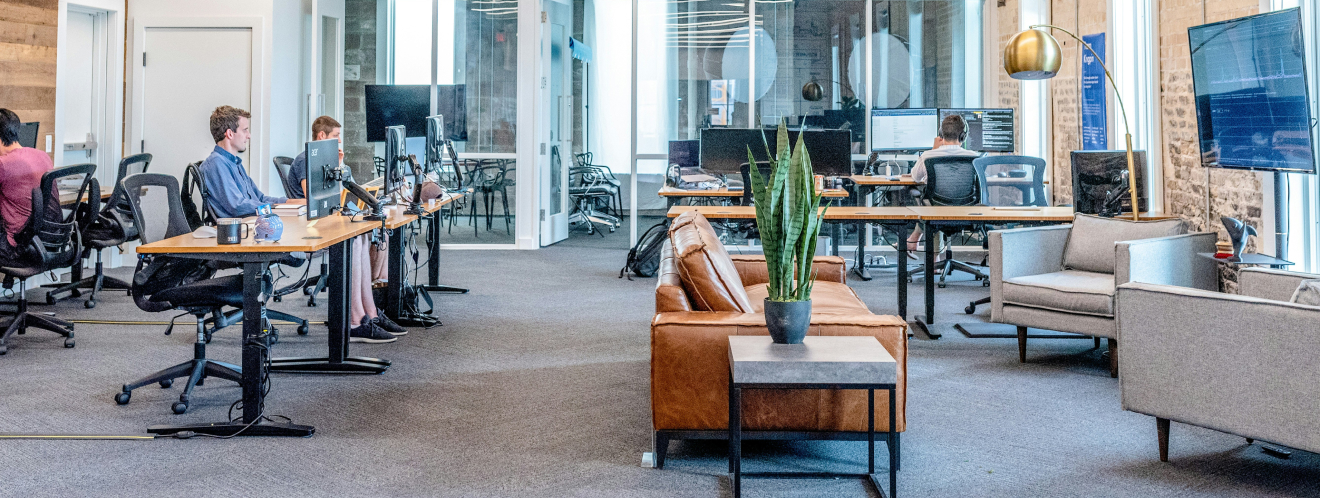
Want to build a new home or renovate? Construction & Land Financing

Construction and Land Financing
When looking to build a new home or renovate your current property good decisions need to be made when it comes to money. Ultimately, financing is one of the biggest decisions you will make because, if done incorrectly, you could be left in debt for many years to come. Construction financing is a short-term arrangement made to finance any real estate related projects.
To get started, the home or land owner will take out the loan to cover all the related costs of the project and this helps to get started before a more permanent source of funding becomes available.
At the end of the project many people chose to refinance the construction loan into a permanent mortgage with one of the big banks. For the lending company, construction loans have more risk than regular loans so the interest rates are generally much higher.
-
Home Improvement
-
Build Brand New Home or Cottage
-
Finish Your Basement
-
Finance Development
-
Build An Addition
-
Finance Subdivision
-
Build a Laneway House
-
Pre-Construction Financing
-
Improve Your Credit Score
-
Buy and Develop Land
-
Residential Construction
-
Commercial Mortgages
Which Costs are Covered?
Financing Land
Construction financing in Ontario typically covers the costs associated with building a new property, including materials, labor, and permits. However, whether it covers the cost of land depends on the specific terms of the financing arrangement and the lender’s policies.
Some construction loans may include funds for purchasing land, while others may require separate financing for land acquisition.
It’s essential to clarify this with the lender when arranging construction financing.

The loan will cover any costs that are directly related to the building work being done so this means labour as well as the raw materials. Without either of these two factors, the construction cannot start so these are both essential to your project.
These are the costs that are indirectly related to the project which means that they arise as a result of something else. For example, this could include engineering fees, permit fees, and architectural fees. If the cost doesn’t directly relate to the contract but it does enhance the project somewhat, it falls into this category.
Generally, you will find that an extra 10% will be added on top of the construction costs as a contingency account. At times, orders will need to be changed or upgrades are required so this contingency amount is highly recommended. If you find that it doesn’t get used by the end of the project, at least you had it there for security and peace of mind.
After the actual construction, you will probably need items in the home or extra room such as flooring and other products to make it ‘livable’.
Taking all of the previous categories we have discussed in mind, you will come up with a total cost for the entire project. When the company is deciding how much you can borrow, they will take the lesser of the total costs or the appraised value.
Lot equity may also be found and this is the difference in value between the loan to be paid off for the land and the appraised land value itself. Any difference will be credited towards the down payment.
Step By Step
-
1 Step 01At the very start, you will need to obtain the architectural drawings for your project. Once this has been given to the appraiser, they can decide a value subject to the specifications.
-
2 Step 02Here, an agreement will be made with a contractor for the complete project. Using the plans from ‘step 1’, the builder should provide you with a quote as well as timings. After you have obtained this, it should be kept together with the initial plans and specifications for the project.
-
3 Step 03From here, the builder should go off and create a detailed contract with all the costs broken down into sections. Often called the ‘draw schedule’, this should match up with the quote in the last step and this helps the money to reach the builder before the project begins.
-
4 Step 04The lender will use a worksheet to assess all the costs in order to decide at the maximum loan amount.
Benson Mortgages construction specialist
will contact you shortly

